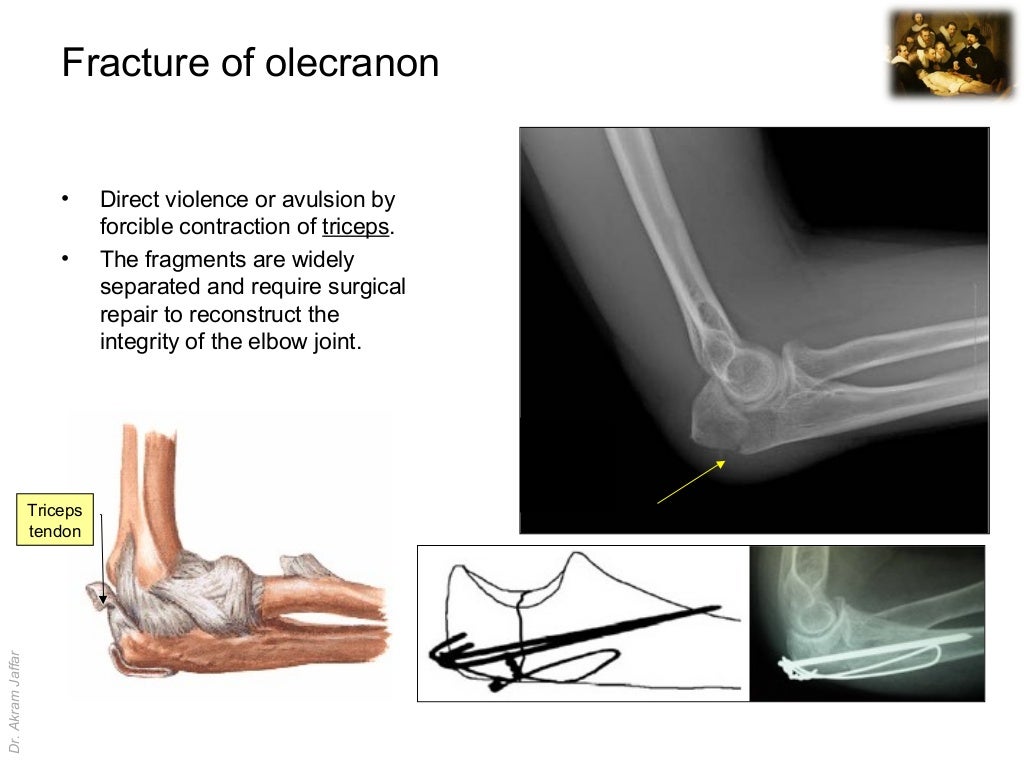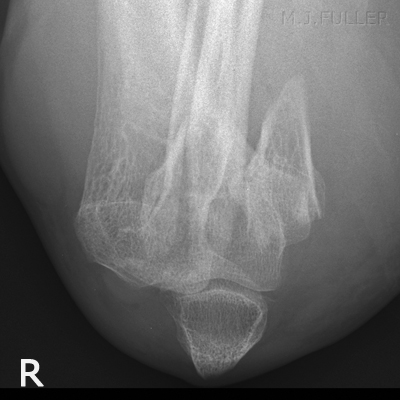

This can occur for a number of reasons, including: The fracture may pull apart and the screws, plates, or wires may shift or break. There is a minor risk of damage to nerves and blood vessels around the elbow. A small percentage of patients may experience irritation from the metal implants used to repair the fracture.ĭamage to nerves and blood vessels. Your doctor will take specific measures to help prevent infection. There is a risk of infection with any surgery. It is very important to begin physical therapy as directed to avoid elbow stiffness. One of the most common problems patients face after any fracture around the elbow is stiffness. If your doctor recommends surgery, they think that the possible benefits outweigh the risks.Įlbow stiffness. There are risks associated with any surgery. In some cases, an artificial material can be used instead of bone graft. Bone graft can be taken from a donor (allograft) or from another bone in your own body (autograft). If some of the bone has been lost through the wound or is crushed, the fracture may require bone graft to fill the gaps. (Right) Plate(s) and screws may be used to hold the broken bones in place.īone graft. (Left) A single screw, placed into the center of the bone, may be used to keep the fractured bones together. Some common methods of internal fixation are shown below. The pieces of bone are then held in place with screws, wires, pins, or metal plates attached to the outside of the bone. During the procedure, the bone fragments are first repositioned (reduced) into their normal alignment. This is the procedure most often used to treat olecranon fractures. The bone will typically be repaired during the same surgery. During surgery, the cuts from the injury and the surfaces of the broken bone are thoroughly cleaned out. Patients are given antibiotics by vein (intravenous) in the emergency room, and may receive a tetanus shot. Surgery for olecranon fractures typically involves putting the broken pieces of bone back into position and preventing them from moving out of place until they are healed.īecause of the increased risk of infection, open fractures are scheduled for surgery as soon as possible, usually within hours of the diagnosis.
#Left olecranon fracture skin
Pieces of bone have punctured the skin (open fracture).The bones have moved out of place (displaced fracture).Surgery is usually required for olecranon fractures in which: ( Right) An elastic bandage is applied to help keep the splint in place. ( Left) The doctor will apply a splint that runs from near your shoulder all the way to your hand. Depending on your symptoms, the doctor may also order X-rays of your upper arm, forearm, shoulder, wrist, and/or hand to determine whether you have other injuries. Your doctor will order X-rays of your elbow to help diagnosis your fracture. X-rays provide images of dense structures, such as bones. Check to see that you can move your fingers and wrist, and can feel things with your fingers.Īlthough you may have pain only at the elbow, your doctor may also examine your shoulder, upper arm, forearm, wrist, and hand to ensure that you do not have any other injuries.Check your pulse at the wrist to ensure that there is good blood flow to your hand and fingers.This could indicate other broken bones or injuries, such as a dislocated elbow. Palpate (feel) all around your elbow to determine if there are any other areas of tenderness.In severe fractures, bone fragments can break through the skin, increasing the risk of infection. Check your skin for cuts, swelling, blistering, and bruising.They will then examine your elbow to determine the extent of the injury. Your doctor will talk with you about your medical history and general health and ask about your symptoms. Three major nerves cross the elbow joint. The elbow is held together by its bony architecture, as well as ligaments, tendons, and muscles. The bony point of the olecranon can easily be felt beneath the skin because it is covered by just a thin layer of tissue. The olecranon is the part of the ulna that cups the lower end of the humerus, creating a hinge for elbow movement.It glides up and down the front of the distal humerus when you bend your arm and rotates around the ulna when you turn your wrist up or down.

The radial head is the knobby end of the radius where it meets the elbow.It forms the upper part of the elbow and is the spool around which the forearm bends and straightens. The distal humerus is the lower end of the humerus.The elbow consists of portions of all three bones: It is also important for rotation of the forearm that is, the ability to turn your palm up (like accepting change from a cashier) or palm down (like typing or playing the piano). The elbow joint bends and straightens like a hinge. The ulna (forearm bone on the pinky side).The radius (forearm bone on the thumb side).Your elbow is a joint made up of three bones:


 0 kommentar(er)
0 kommentar(er)
